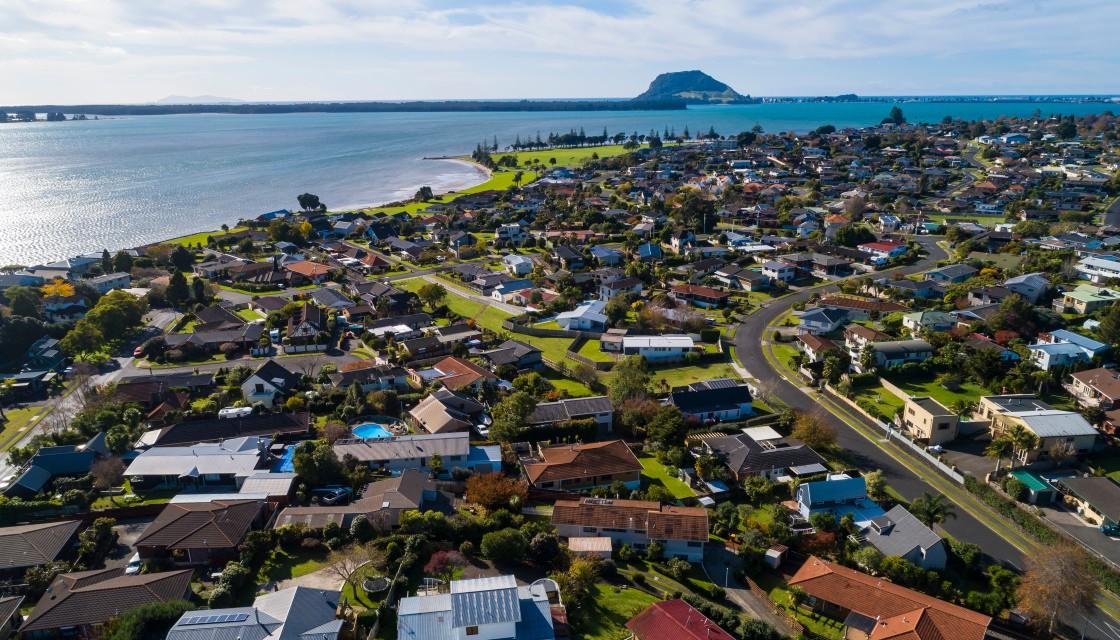New figures show housing affordability continues to worsen, with house price growth still surging despite Government regulation.
The latest data from CoreLogic's Housing Affordability report, published every six months, reveals New Zealand's average property value is nearly eight times higher than the average annual household income - the highest since CoreLogic started collecting such figures.
Corelogic says property values shot up 15 percent in the first six months of this year, while average gross annual incomes only rose 1 percent.
"Record house price growth has led to rapidly declining affordability, with little sign of easing despite the recent introduction of regulatory constraints and rising mortgage rates.
"Even though mortgage rates have remained very low, albeit they're now starting to rise, housing affordability has simply become worse, and that's from an already stretched position," said Kelvin Davidson, CoreLogic NZ's chief property economist.
Most expensive centres
In Auckland, buyers now require 43 percent of their gross household income to pay for the average mortgage with an 80 percent loan to value ratio (LVR).
It's even worse in Tauranga - its households need 49 percent of gross household income.
Hamilton's affordability is at its worst levels since the 2008 global financial crisis (GFC) - requiring 38 percent of a household income.
Further south, Wellington, Christchurch and Dunedin households require 36, 28 and 39 percent respectively.
"These patterns of declining housing affordability have been seen right across the country, from the main centres down to the smaller rural areas," Davidson said.

Impact of Government policy
The Government in March announced a suite of new housing policies, aiming to cool off property investment and help first-home buyers.
Davidson said while those factors and rising mortgage rates should help slow property value growth, it won't happen in the short term.
"In lieu of a big drop in employment or a GFC-style reduction in credit supply, it'll still plausibly take at least five years for housing affordability to adjust back to some kind of normality, which won’t be much consolation for aspiring first home buyers," Davidson said.
"However, towards the middle and later stages of 2022 slower house price growth should allow for some improvement in affordability, especially as rising incomes in a squeezed labour market should help those first home buyers trying to cobble together the deposit.
"That said, even with housing supply expanding, a return to 'normal' for most affordability measures looks likely to be a long grind."


